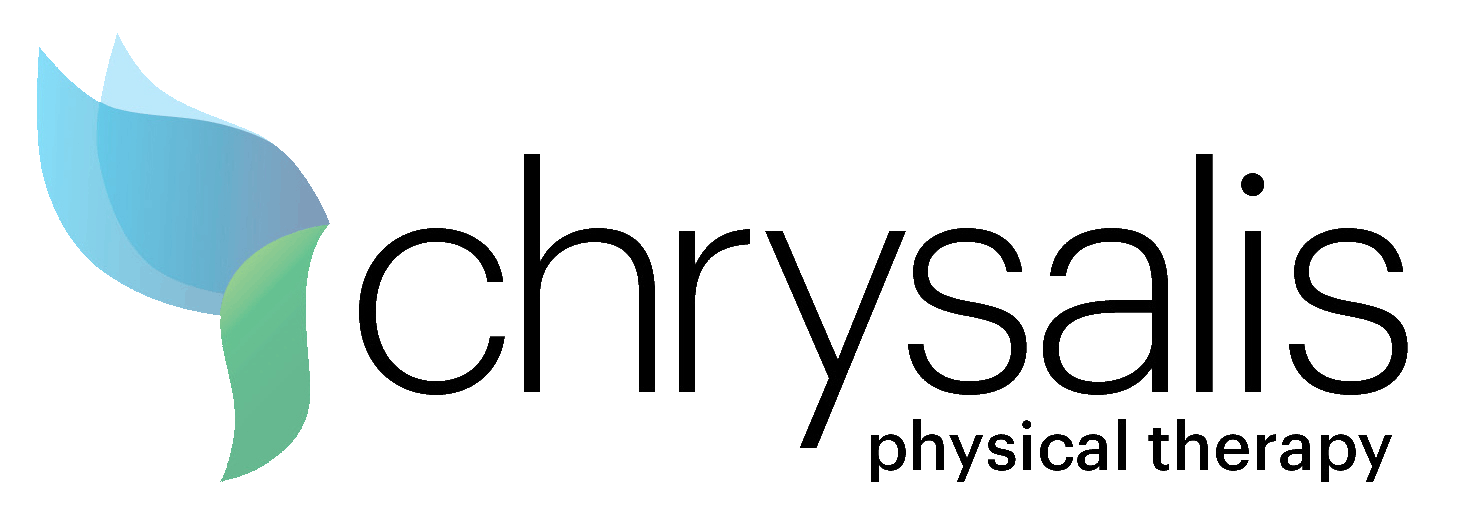What is Myofascial Release?
Fascia is the connective tissue which surrounds and supports every structure in our body. It is a continuous system that wraps and envelopes our muscle fibers, tendons, ligaments, nerves, organs, brain and spinal cord. It is fair to say that outside of our skeleton, the fascia is what gives us shape inside our skin. In a healthy tissue body, the fascia is stretchy and elastic, giving way in the wake of our every movement. It is strong yet pliable.
When our experiences lead to injury, the fascia becomes restricted. Traumatic injuries, such as falls or car accidents can lead to the development of restrictions in the tissue. But so can repetitive stress, poor postures over long periods of time, and surgical scarring. Because it wraps the muscle, the restrictions squeeze and put pressure on the pain sensitive structures within us. So, our bodies feel as though they are stuck in a vice grip. This excess pressure can lead to symptoms like pain, numbness, tingling, or burning.
Myofascial release is a technique of varying pressures, which detects the restricted parts of the tissue body, then uses sustained pressure to soften these restrictions. When restrictions release, the natural healthy elasticity of the tissue is restored. The body can begin healing the area and the ability to move freely returns to the system.
Because the fascia is a continuous uninterrupted system throughout the body, it is important to look at the whole body when treating. For example, if tight tissue is pulling your pelvis slightly out of alignment, your legs then may be functioning at different lengths and the spine may be getting pulled or twisted to one side. The result could be back pain, but it also could produce foot and knee pain, or even upper back and neck pain, or even headaches. Everything in the body is interdependent and interconnected. Treatment of the whole is essential in producing lasting change for the body.

